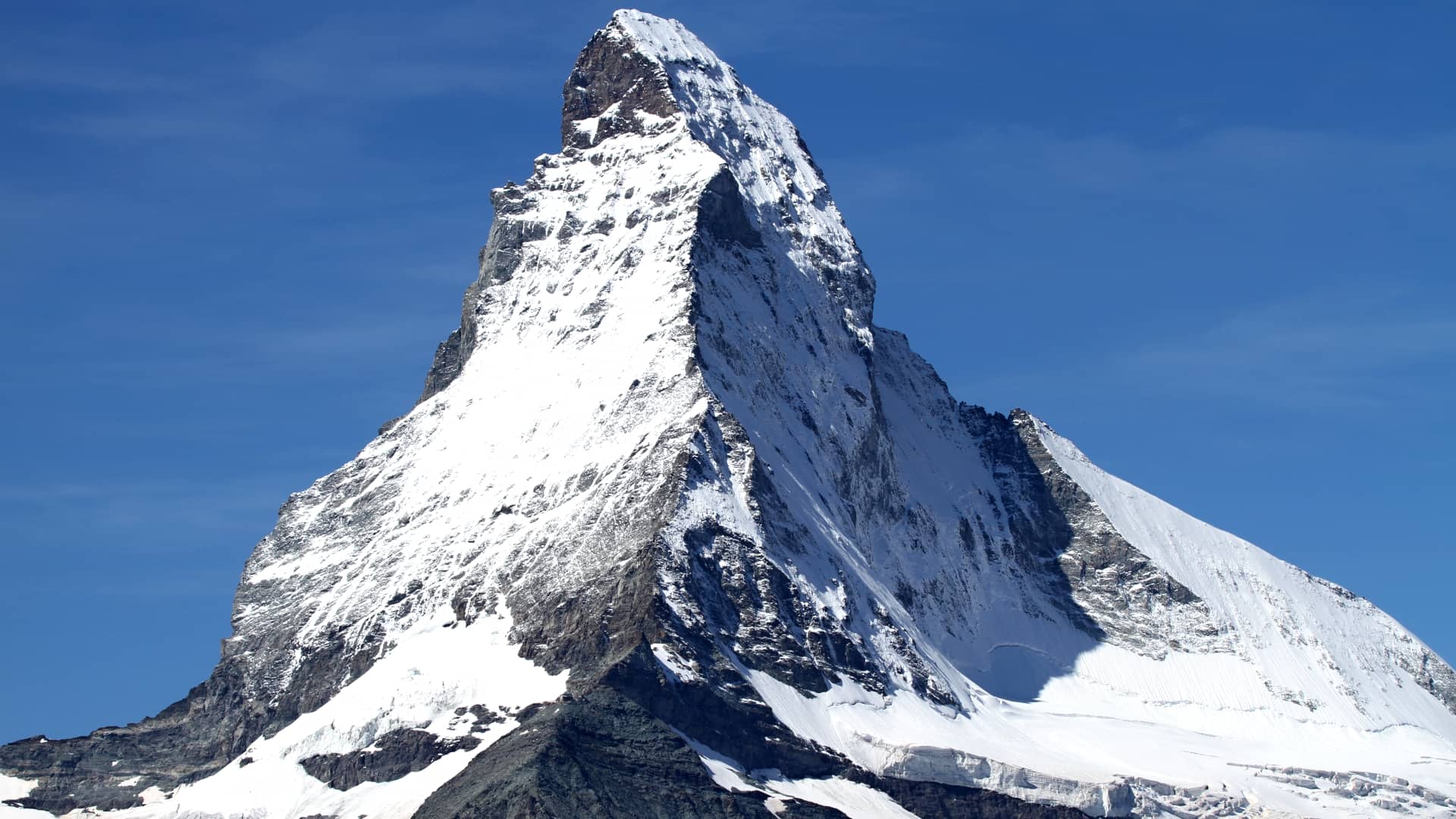In this article, I give you my list of 5 facts you did not know about the Alps. One of the most beautiful mountain massifs in the world is the Alps, the snow pearl of Europe, which connects as many as eight countries with its surface. They are a favorite destination of tourists from all over the world, and the most common reason for coming to the Alpine mountains is skiing.
The Alps provide a unique experience for winter sports and landscape lovers, who claim that other winter destinations cannot be compared to what you can experience in the mountainous heart of Europe.
Here are some interesting things the magical Alps hide.
Before you book skiing in Italy in the Alps, or any other Alpine country, get to know the interesting things that this mountain massif hides. The following paragraphs reveal facts you may not have known.
1 First climb to Mont Blanc, the highest mountain peak of the Alps
The highest alpine mountain is Mont Blanc, whose peak reaches as much as 4,810 meters. The first recorded ascent to this peak was made by Jacques Balmat and Michel Packard, back in 1786, which marked the beginning of modern mountaineering.
The first woman to conquer Mont Blanc was Marie Paradis, and she did so in 1808. The data say that starting with these three important names until 2018, the top of Mont Blanc has been reached about 20,000 times a year. This is the advantage of staying in the Serbian mountains, whose peaks are easier to reach for those for whom mountaineering is too much of a challenge.
2 Mountaineering, a challenging adventure for the best mountaineers
Hiking in the Alps is significantly different from hiking on other, smaller mountains with lower peaks. In addition to providing a unique experience, it is a demanding activity that requires a high level of psychophysical readiness, experience, and knowledge to successfully overcome the challenging alpine slopes.
This is exactly the reason why the best mountaineers and hikers choose the Alps to conquer the peaks and numerous researches.
3 The oldest natural human mummy was found in the Alps
Alpine landscapes not far from the border between Italy and Austria, hid the oldest human mummy in Europe, until 1991. On September 19 of that year, two tourists found the body in the snow, thinking that it was a recently deceased mountaineer.
It turned out that it was a mummy of a man who lived 3,300 years BC, and as the body was covered with snow all the time, it only partially disintegrated. The mummy showed that the man was about 165 cm tall, weighed about 50 kilograms, and was 45 years old at the time of his death. According to the place where it was found, the mummy was nicknamed Eci. Today, Eci is housed in a museum in Tyrol and represents a unique insight into the life of Europeans from the Copper Age.
4 Favorite place for scientists and researchers
A group of scientists researching this mountain massif claims that the Alps are one of the most interesting European landscapes for studying flora, fauna, and natural phenomena. In 1992, a group of researchers crossed the Alps on foot, and the same feat was repeated in 2017.
5 The King of the Alps is actually a flower
The Alps have interesting flora and fauna, and one type of flower is especially specific. It is Eritrichium nanum, a world that grows on rocky ridges between 2,500 and 3,700 meters high. Due to its distribution in the Alps, it was called the King of the Alps.
In addition to this plant, Runolist is also known, a plant similar to Eritrichium nanum that grows mainly at lower altitudes. Alpine mustard is also widespread in the Alpine mountains.
The highest mountain massif in Europe hides many interesting things that make it attractive for fans of a fresher climate, nature, and winter sports. It covers a total of eight countries, including Monaco and Liechtenstein.
Alpine landscapes are also the strongest asset of all these countries because they are among the extremely attractive destinations for winter travel. They provide the most beautiful experience in winter, while summer landscapes reveal the most diverse palette of colors characteristic only for this part of Europe.

